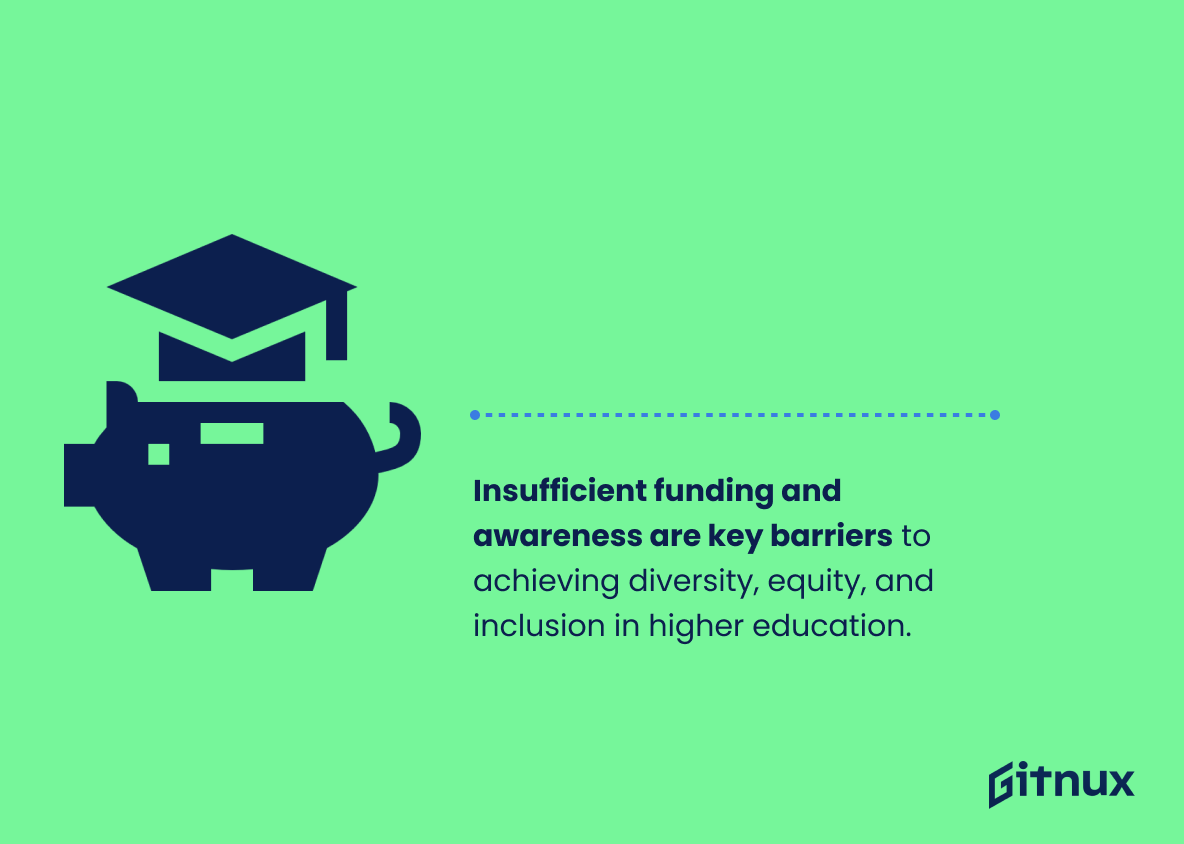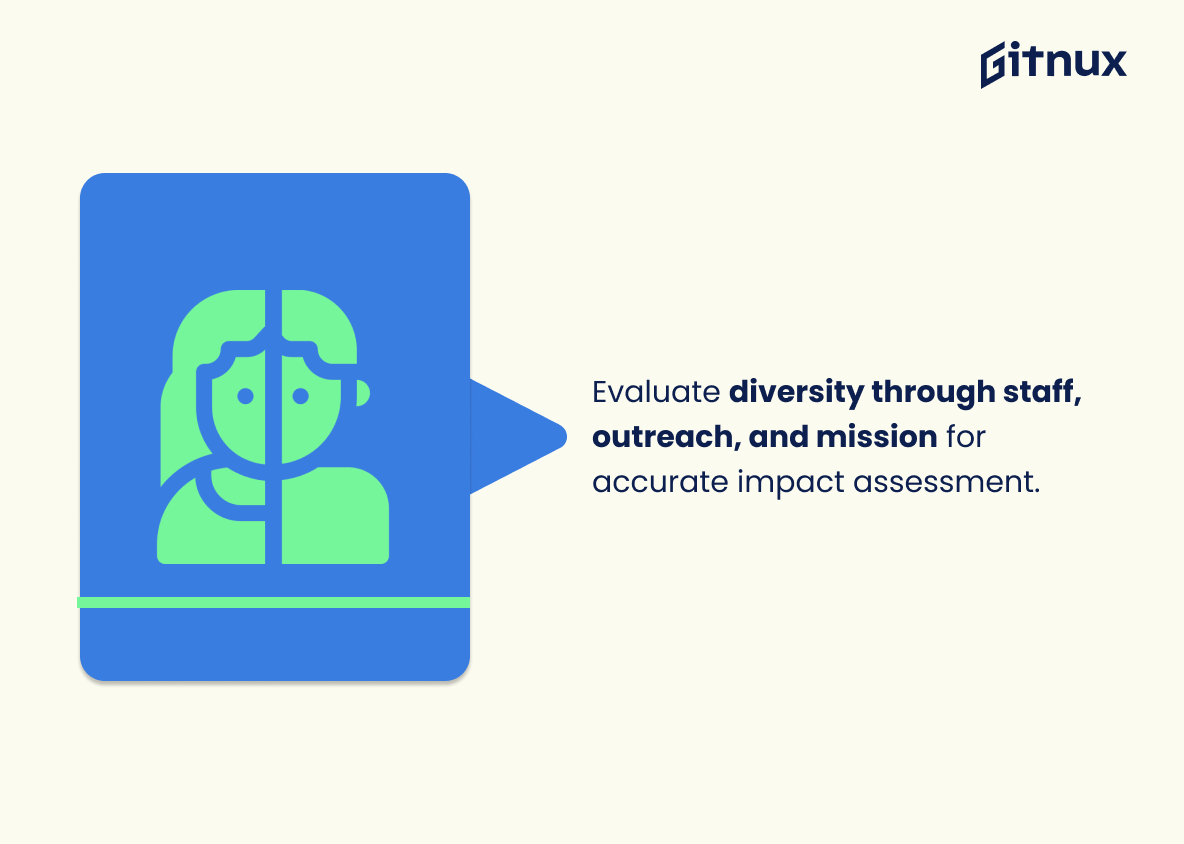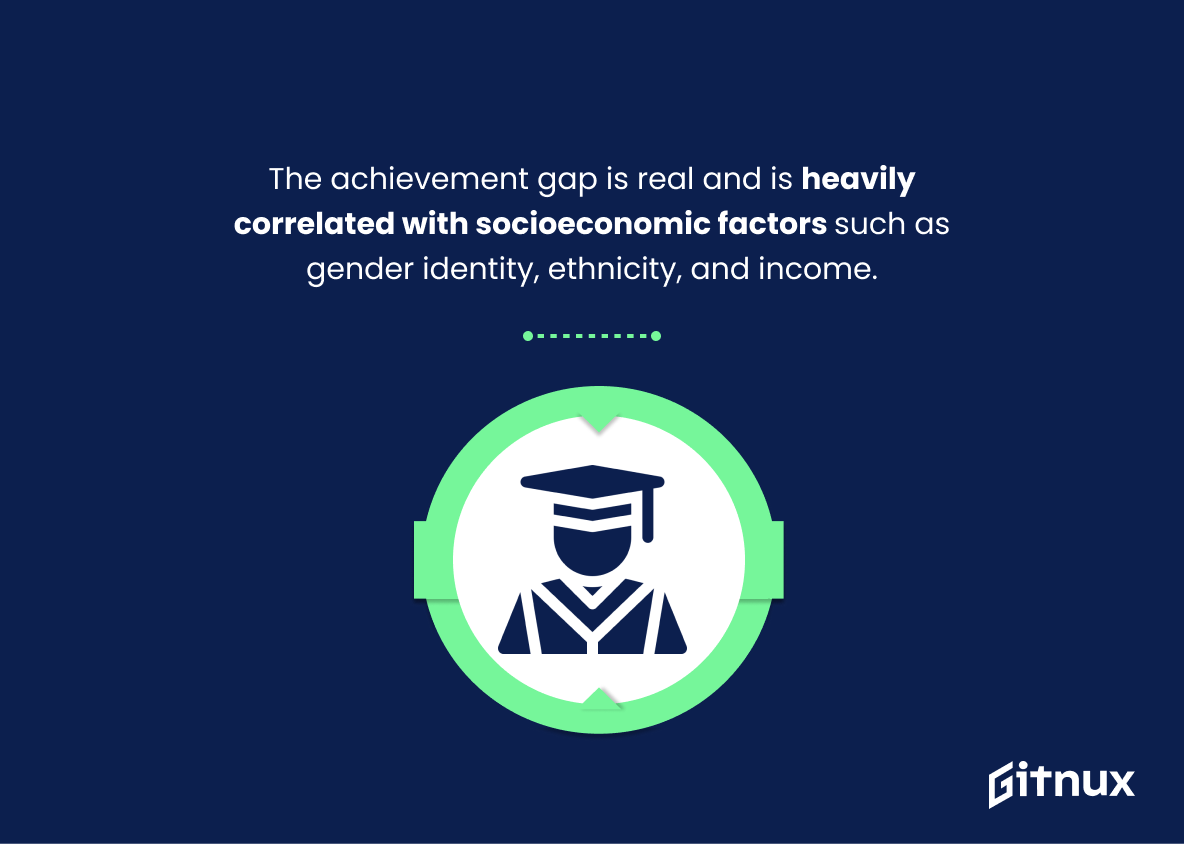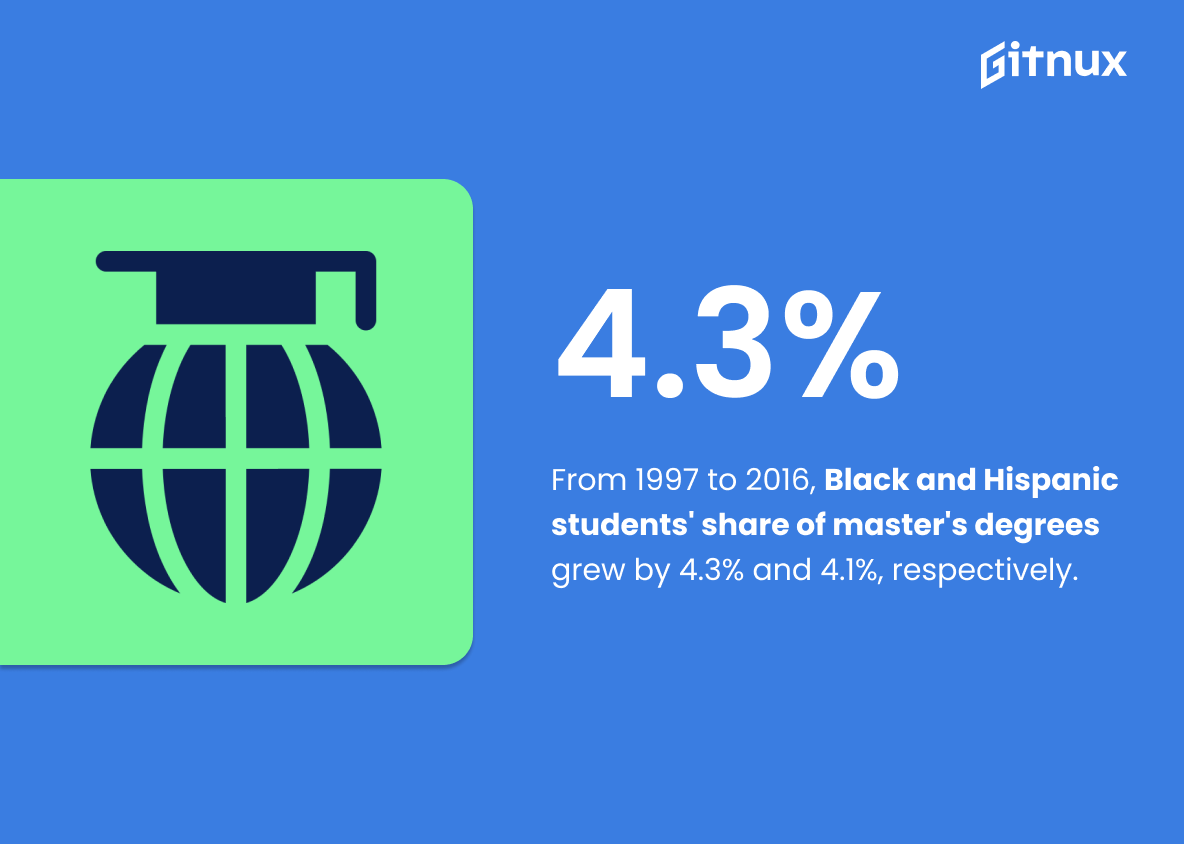The importance of diversity on college campuses has been a hot topic in recent years. As college campuses strive to become more diverse and inclusive, it is important to understand the current state of diversity on college campuses.
This blog post will explore the statistics surrounding diversity on college campuses and discuss the implications of these statistics for the future of higher education. We will look at the different types of diversity, including racial, ethnic, gender, and socioeconomic diversity, and examine the current trends in college diversity.
Diversity In Colleges: The Most Important Statistics
Undergrad enrollment has increased since 1976, with a peak in 2010 for white and black students, and a steady increase for Hispanics and those identifying as two or more ethnicities.
From 1997 to 2016, Black and Hispanic students saw a 4.3% and 4.1% increase in their total share of master’s degrees, respectively.
Diversity In Colleges: Statistics Overview
The majority of undergrad students enrolling in 2-year postsecondary institutions in the US identify as white, followed by hispanic, black, asian, multiple ethnicities, nonresident aliens and natives.
This statistic matters because it shows the current state of diversity in the US, and highlights the need to continue to work towards a more diverse and inclusive college system.
Undergrad enrollment has increased since 1976, with a peak in 2010 for white and black students, and a steady increase for Hispanics and those identifying as two or more ethnicities.
This shows that there has been a positive trend in fostering diversity in colleges since 1976.
Diversity in higher education institutions is hindered by lack of funding and awareness, which is a major barrier to achieving equity and inclusion.
This highlight the need for increased funding and awareness to ensure that diversity is properly supported in colleges.
Funding is a key factor in achieving institutional diversity, and needs to be targeted to avoid waste and exploitation.
Measuring diversity should include both external and internal factors, such as staff diversity, catering to target groups, and developing different missions within the institution, in order to accurately assess the impact of diversity on the institution.
This because it allows for a more comprehensive understanding of the effects of diversity on the institution, rather than just looking at quantitative measures.
The achievement gap is real and is heavily correlated with socioeconomic factors such as gender identity, ethnicity, and income.
This affects millions of students every day, with black and mexican communities being disproportionately affected. This matters because it highlights the need for increased access to educational resources for marginalized communities in order to close the achievement gap.
From 1997 to 2016, Black and Hispanic students saw a 4.3% and 4.1% increase in their total share of master’s degrees, respectively.
This statistic shows that there has been an increase in the number of Black and Hispanic students completing master’s degrees, which is a positive step towards diversifying college campuses and creating more equitable educational opportunities.
Conclusion
In conclusion, diversity in college statistics is an important indicator of the progress that colleges are making in creating an inclusive and equitable learning environment.
While there is still much work to be done, the data shows that colleges are making strides in this area. It is important to continue to monitor and analyze diversity in college statistics to ensure that all students have access to a quality education.
References
1 – https://www.statista.com/statistics/421137/undergraduate-enrollment-in-2-year-colleges-in-the-us-by-ethnicity/
2 – https://www.statista.com/statistics/236489/undergraduate-enrollment-by-ethnicity-in-the-us/
3 – chrome-extension://bbbnbmpdkfkndckfmcndgabefnmdedfp/https://eua.eu/downloads/publications/web_diversity%20equity%20and%20inclusion%20in%20european%20higher%20education%20institutions.pdf
4 – chrome-extension://bbbnbmpdkfkndckfmcndgabefnmdedfp/https://eua.eu/downloads/publications/institutional%20diversity%20in%20european%20higher%20education%20%20tensions%20and%20challenges.pdf
5 – chrome-extension://bbbnbmpdkfkndckfmcndgabefnmdedfp/https://eua.eu/downloads/publications/web_diversity%20equity%20and%20inclusion%20in%20european%20higher%20education%20institutions.pdf
6 – chrome-extension://bbbnbmpdkfkndckfmcndgabefnmdedfp/https://eua.eu/downloads/publications/institutional%20diversity%20in%20european%20higher%20education%20%20tensions%20and%20challenges.pdf
7 – https://www.thebalancemoney.com/equity-in-education-4164737#toc-achievement-gap
8 – https://www.thebalancemoney.com/how-the-achievement-gap-affects-students-4690462
9 – https://www.americanprogress.org/article/neglected-college-race-gap-racial-disparities-among-college-completers/
10 – https://www.higheredtoday.org/policy-research/student-support-success/meeting-needs-underserved-students/






